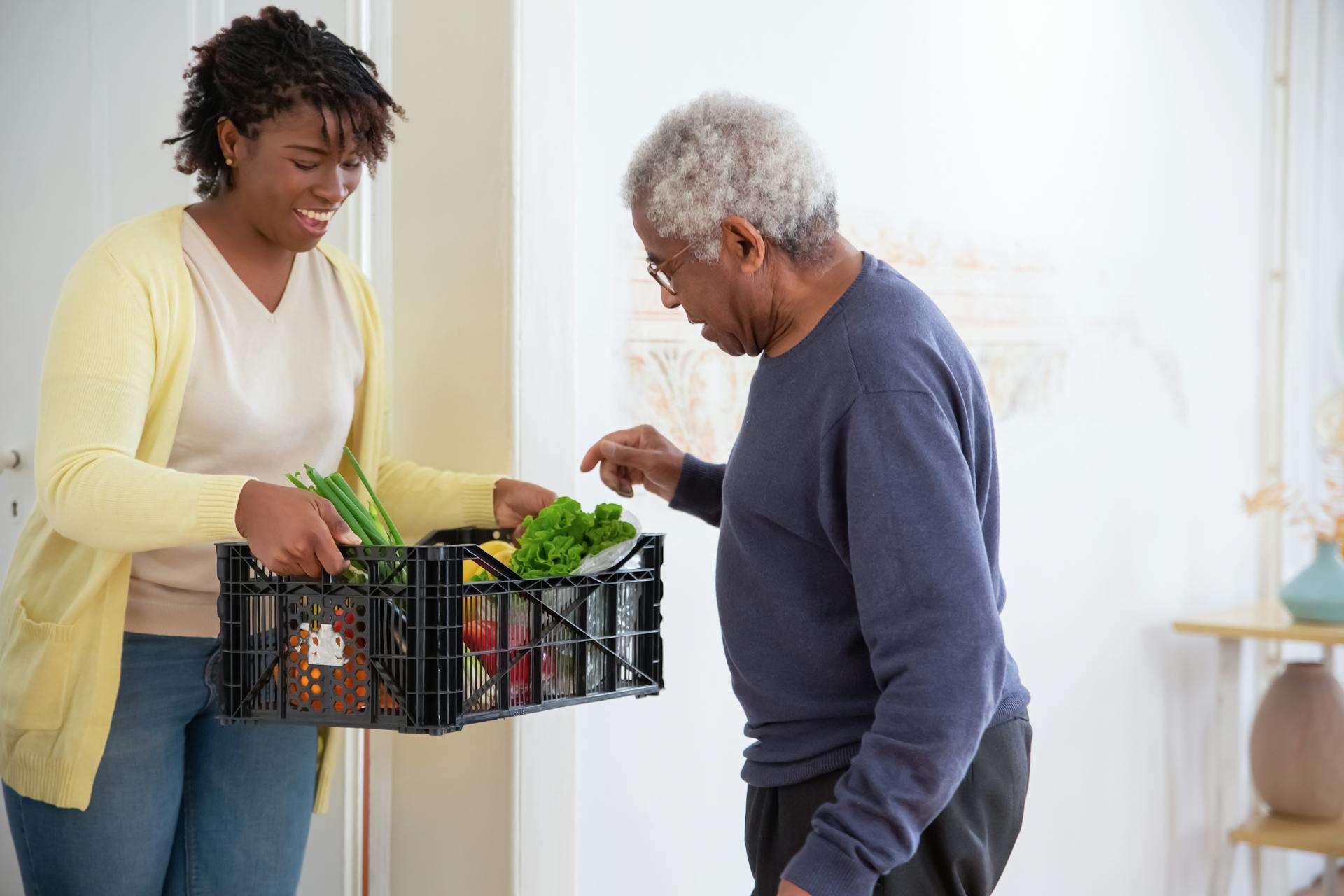How Senior Meal Delivery Supports Australia's Pensioners in 2025
The landscape of senior care in Australia continues to evolve, with meal delivery services playing an increasingly vital role in supporting the country's pensioners. As we look towards 2025, these services are becoming more sophisticated, tailored, and accessible, addressing the unique nutritional needs and lifestyle preferences of older Australians. This article explores how senior meal delivery is adapting to support pensioners, examining the options available, their benefits, and the impact on the quality of life for Australia's ageing population.

The landscape of meal delivery services for Australian seniors has evolved significantly, with providers recognizing the specific needs of this growing demographic. Unlike standard meal delivery options, senior-focused services prioritize nutritional balance, portion control, and dietary restrictions common among older adults.
What Are the Current Trends in Meal Delivery for Australian Seniors?
The senior meal delivery market in Australia is experiencing rapid growth, driven by an aging population and increased awareness of nutritional needs. Current trends include partnerships with healthcare providers, specialized menus for common conditions like diabetes and heart disease, and flexible delivery schedules that accommodate medical appointments and social activities. Many services now offer texture-modified meals for seniors with swallowing difficulties, while others focus on traditional comfort foods that appeal to older generations.
How Do Meal Delivery Options Cater to Pensioners’ Needs?
Meal delivery services designed for pensioners address multiple challenges beyond just hunger. These services typically offer larger text on packaging for easier reading, simplified ordering processes, and customer service teams trained to assist older adults. Many providers accommodate special dietary requirements such as low-sodium, diabetic-friendly, or soft-texture meals. Delivery timing is often flexible, with some services offering morning deliveries when seniors are most likely to be home and alert.
What Are the Financial Considerations for Pensioners Using Meal Delivery Services?
Cost remains a primary concern for pensioners considering meal delivery services. Most senior-focused providers understand budget constraints and offer various pricing tiers and payment options. Some services accept government meal vouchers or work with aged care packages to provide subsidized meals. The cost-effectiveness often becomes apparent when considering reduced food waste, elimination of grocery shopping expenses, and the potential health benefits that may reduce medical costs.
| Service Provider | Meal Type | Cost Estimation (per meal) |
|---|---|---|
| Meals on Wheels | Traditional hot meals | $8-12 AUD |
| Silver Chef | Frozen senior meals | $12-18 AUD |
| Lite n’ Easy | Fresh prepared meals | $10-15 AUD |
| Gourmet Dinner Service | Premium senior meals | $15-25 AUD |
| Community Kitchen | Subsidized local meals | $5-10 AUD |
Prices, rates, or cost estimates mentioned in this article are based on the latest available information but may change over time. Independent research is advised before making financial decisions.
How Does Meal Delivery Impact the Health and Wellbeing of Pensioners?
Regular access to nutritious meals through delivery services has shown significant positive impacts on senior health outcomes. Proper nutrition helps maintain cognitive function, supports immune system health, and can reduce the risk of falls and hospitalizations. Many seniors report improved energy levels and better medication effectiveness when maintaining consistent, balanced nutrition. The social aspect of meal delivery also provides regular human contact, which can help combat isolation and depression common among older adults.
What Role Does Technology Play in Enhancing Meal Delivery for Seniors?
While many seniors may be hesitant about technology, meal delivery services are adapting to make ordering and communication more accessible. Simple phone-based ordering systems remain popular, while user-friendly apps with large buttons and clear instructions help tech-comfortable seniors manage their meal plans. Some services use GPS tracking to provide delivery updates via SMS, and automated reminder calls help seniors prepare for deliveries. Smart packaging with temperature indicators and easy-open designs also enhance the user experience.
The future of senior meal delivery in Australia looks promising, with continued innovation focused on affordability, nutrition, and accessibility. As the population ages and technology becomes more integrated into daily life, these services will likely become an essential component of aging in place successfully. The combination of nutritional support, convenience, and social connection makes meal delivery an increasingly valuable resource for Australia’s pensioners in maintaining their independence and quality of life.




